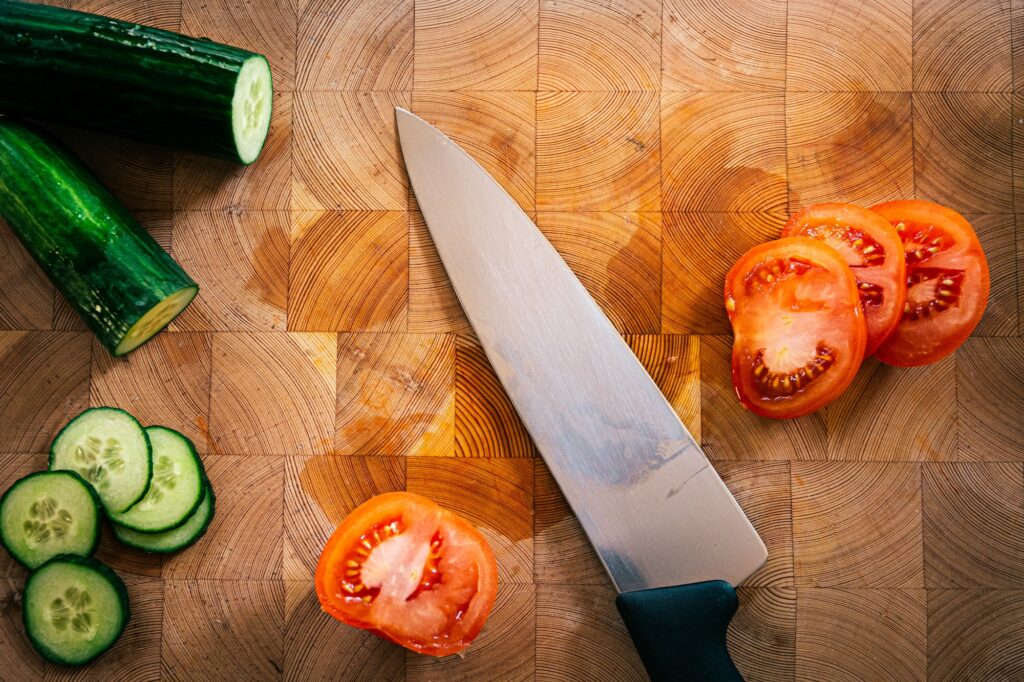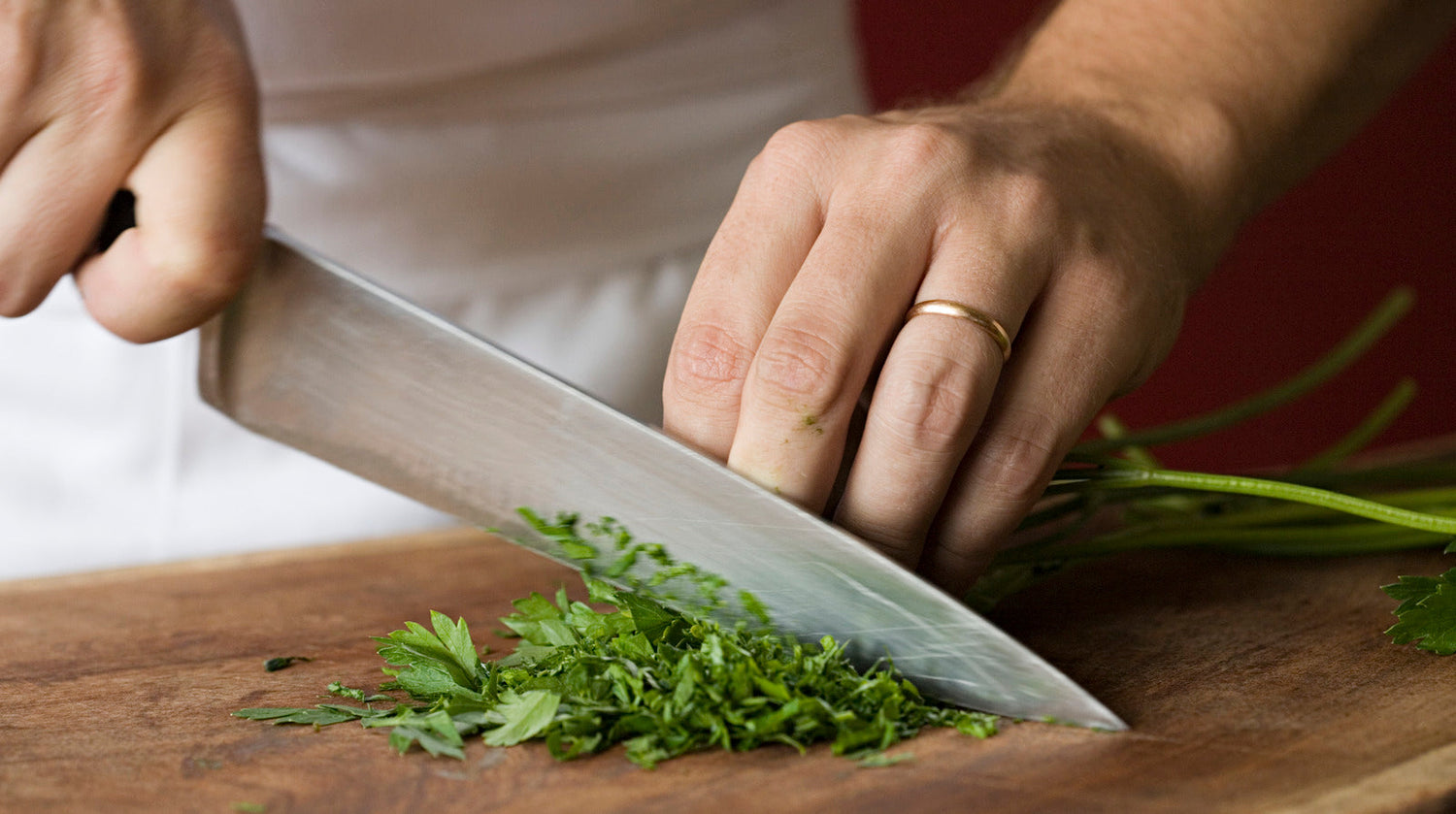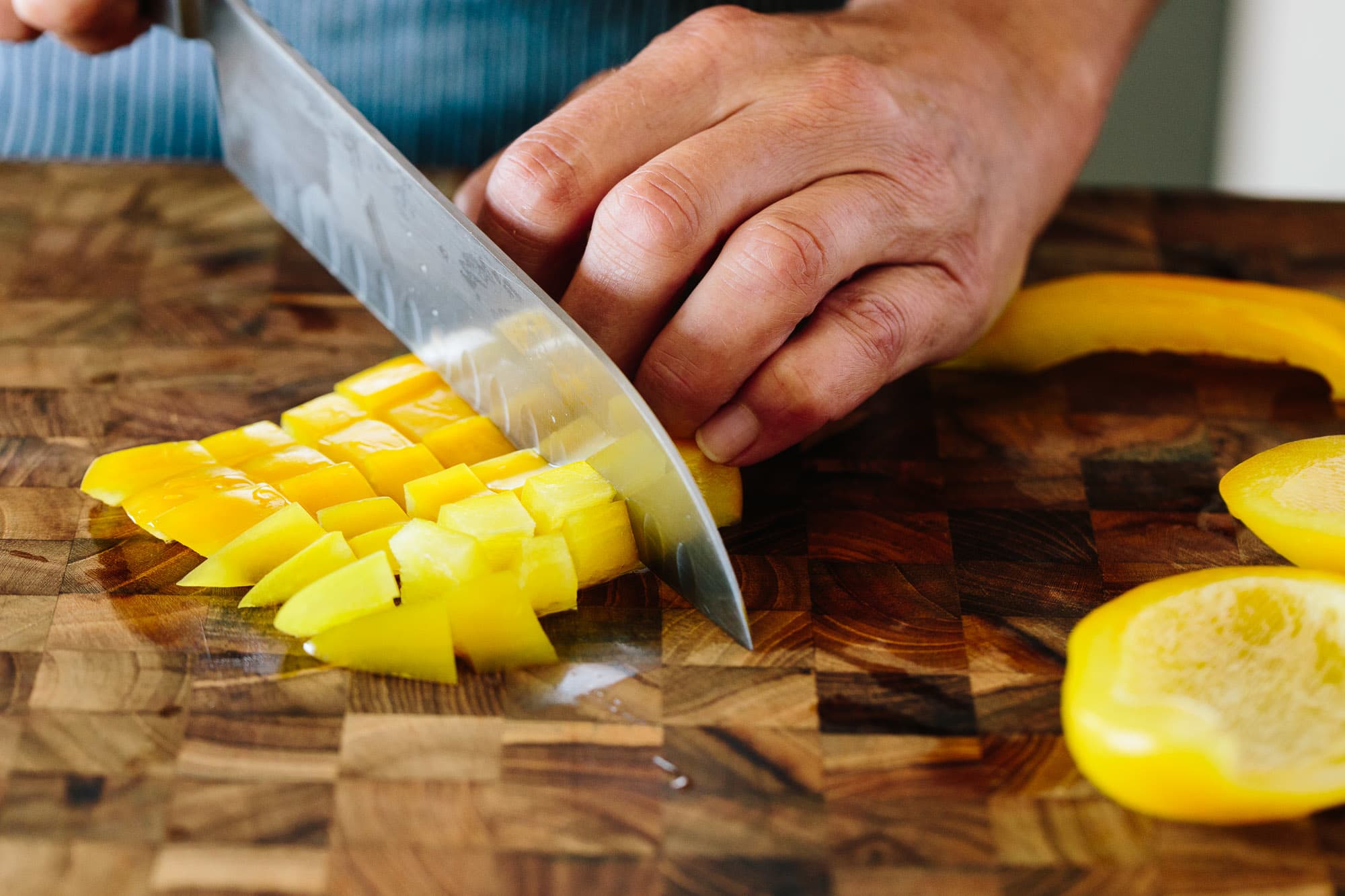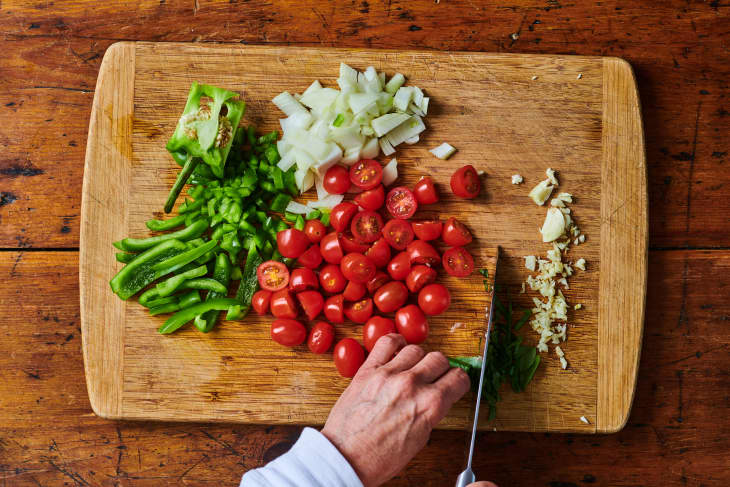As a kitchen professional, you know the importance of maintaining clean and safe tools in your workspace. Among the most usedand often neglectedassets in your kitchen toolbox is the cutting board. Over time, cutting boards accumulate stains, odors, and even harmful bacteria, making them a hazard to food safety. This article dives into how to clean an old cutting board effectively, ensuring it remains safe, functional, and spotless.
Whether youre dealing with a weathered wooden cutting board or a well-loved plastic one, restoring it to its optimal state might seem daunting. Dont worryits entirely doable with the right approach and tools. Keep reading for unmissable and life-changing steps to bring your cutting boards back to life.
:max_bytes(150000):strip_icc()/prevent-cutting-board-slipping-1123-c9837c7f958745b792c2b115c7d7bccd.jpg)
Why Is Cleaning an Old Cutting Board Non-Negotiable?
Cutting boards play a vital role in food preparation, but without diligent cleaning, they can harbor food particles, moisture, and bacteria like salmonella and E. coli. Over time, an oily or discolored board can even compromise the taste and safety of your culinary creations. This is especially critical for professionals who must adhere to strict hygiene standards. Learn more about cutting board care via Cutting Board Care Tips.
Step-by-Step Guide on How to Clean an Old Cutting Board
1. Assess the Type of Cutting Board
Before diving into cleaning techniques, determine the material of your cutting board. Cleaning methods differ significantly for wood, plastic, and bamboo cutting boards. For instance, wooden boards require gentler cleaning to preserve their natural fibers and avoid warping.
2. Make Use of Natural Cleaning Solutions
For wooden boards, stick to safe, natural solutions like baking soda, salt, and lemon. These ingredients are abrasive yet gentle, helping restore your board without scratching or damaging it. Plastic boards, on the other hand, can tolerate stronger cleansers like white vinegar or diluted bleach solutions. Find out what to use on cutting boards by visiting this article.
3. Scrape Away Food Residue
Using a bench scraper or a knife edge, gently scrape away any leftover food particles. This step ensures a cleaner surface before sanitizing and deodorizing.
4. Sanitize with Vinegar or Hydrogen Peroxide
For wooden boards, sanitize using white vinegar or a 3% hydrogen peroxide solution. Let the liquid sit for 510 minutes before rinsing. For plastic boards, a diluted bleach solution does wonders for disinfecting the surface. Learn more about how to safely use a cutting board by checking out this resource.
5. Remove Stains with Baking Soda
Stubborn stains can be tackled by making a paste with baking soda and water. Apply the mixture to the affected area, let it sit for a few minutes, and scrub using a sponge or brush. Youd be shocked at how well this works!
Prolonging Your Cutting Boards Lifespan
Regular Oil Treatments
For wooden boards, using food-safe mineral oil prevents cracking and preserves the wood. Apply oil generously, let it soak in overnight, and wipe away excess oil with a clean cloth.
Storage Matters
Store cutting boards upright to facilitate drying and prevent moisture buildup, which can lead to mold growth. Avoid stacking plastic and wooden boards together, as this can cause moisture imbalance and odors.
Common Mistakes to Avoid
1. Never soak your wooden cutting board in waterit causes warping and cracking.
2. Avoid using harsh detergents or scouring pads on wooden boards.
3. Dont ignore small nicks or cracks, as they can harbor bacteria.

FAQs About Cleaning an Old Cutting Board
1. How often should I clean my cutting board?
Cleaning your cutting board after every use is essential, especially after cutting raw meats or strong-smelling foods like garlic and onions.
2. Can I put my wooden board in the dishwasher?
Absolutely not. The heat and water exposure can warp and crack wooden boards. Wash wooden boards by hand instead.
3. What if my cutting board smells bad?
You can deodorize your cutting board with lemon juice or a baking soda paste. Allow it to sit for a few minutes before rinsing and drying thoroughly.
For additional insights into caring for cutting boards, check out this comprehensive guide from Financial Express.
This article contains affiliate links. We may earn a commission at no extra cost to you.






Leave a comment
This site is protected by hCaptcha and the hCaptcha Privacy Policy and Terms of Service apply.